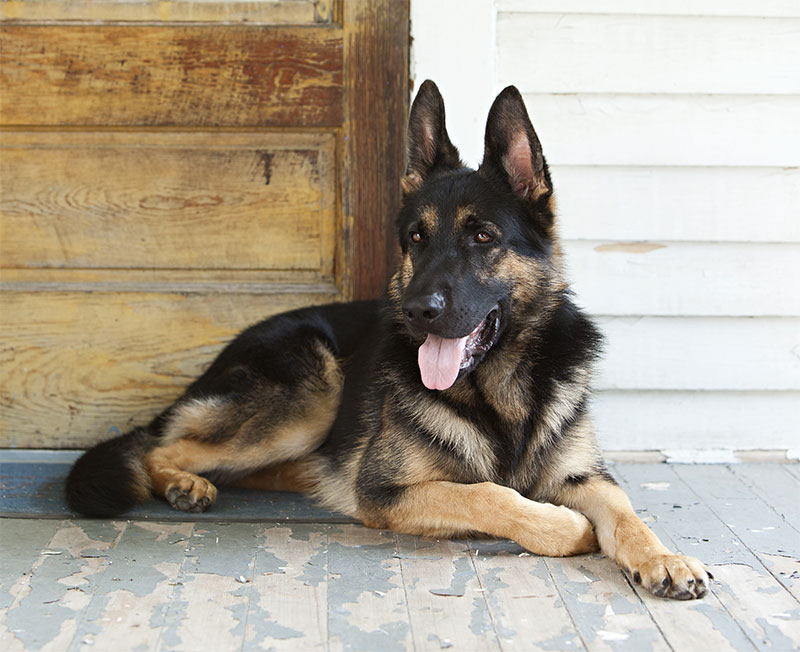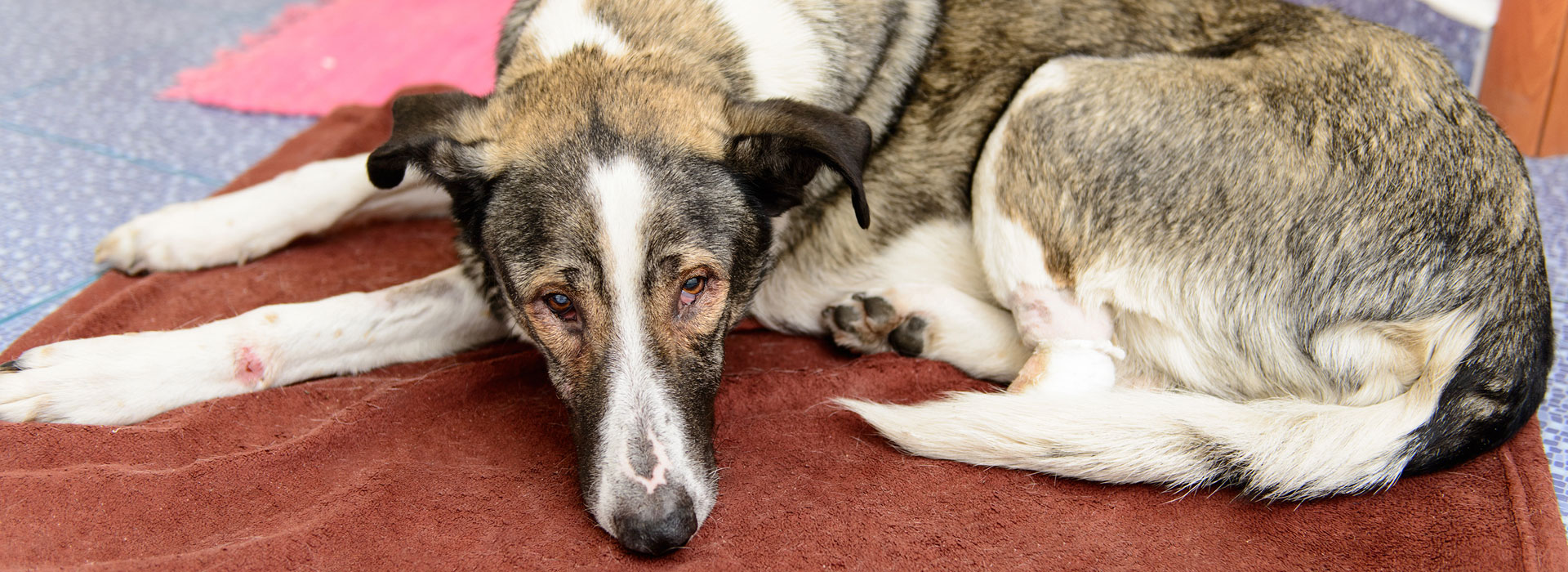Arthritis Awareness Month: 7 Early Signs of Arthritis in Pets
May is Arthritis Awareness Month, and while most people associate arthritis with older humans, it is important to remember that our furry friends can also suffer from this debilitating condition. Arthritis is a common problem among pets, especially as they age. As responsible pet owners, it is crucial to recognize the early signs of arthritis in our beloved companions, so we can provide them with the necessary care and support they need. In this article, we will discuss seven early signs of arthritis in pets, helping you identify and address this condition promptly.

7 Signs Of Arthritis In Pets

1. Difficulty Moving or Stiffness:
One of the first signs of arthritis in pets is difficulty moving or stiffness. You may notice that your pet is having trouble getting up or lying down, and they may show reluctance to engage in activities they used to enjoy, such as playing or going for walks. Stiffness after periods of rest, such as waking up from a nap, can be an indication of joint discomfort caused by arthritis.
2. Decreased Activity Level:
Arthritic pets often exhibit a decreased activity level. If your once energetic pet becomes lethargic or prefers to rest instead of engaging in physical activities, it could be a sign of joint pain and discomfort. Keep an eye on any sudden changes in their activity patterns.
3. Limping or Favoring Certain Limbs:
Pets with arthritis may begin to limp or favor certain limbs. You may notice them avoiding putting weight on a particular leg or showing a noticeable change in their gait. Take note if your pet starts hesitating or has difficulty climbing stairs or jumping onto furniture, as this could indicate joint pain.
4. Behavioral Changes:
Arthritis can cause behavioral changes in pets. They may become irritable, exhibit signs of aggression when touched in certain areas, or show signs of depression. Changes in their normal behavior can be a result of discomfort caused by arthritis.
5. Licking or Chewing on Joints:
Excessive licking or chewing on joints is another sign of arthritis in pets. They may be attempting to relieve the pain or discomfort in their joints through this behavior. However, persistent licking or chewing can lead to skin irritations or sores, so it’s important to address the underlying cause promptly.
6. Muscle Atrophy:
As arthritis progresses, pets may experience muscle atrophy, which is the wasting away or loss of muscle mass. You might notice a decrease in muscle tone or a visible change in the size and shape of the affected area. Muscle atrophy can be a sign that arthritis has been present for an extended period, highlighting the importance of early detection.
7. Reluctance to Be Touched:
Pets with arthritis may become less tolerant of being touched, especially in the areas where they experience joint pain. They may flinch, whimper, or growl when you try to pet or handle them. This aversion to touch is a clear indication that they are experiencing discomfort and should be evaluated by a veterinarian.
Early Arthritis Diagnosis & Treatment For Pets In Winnipeg
Recognizing the early signs of arthritis in your pet is crucial for providing them with the care and support they need. If you notice any of the mentioned signs, it is recommended to consult with your veterinarian promptly. Remember, early detection and appropriate treatment can help manage your pet’s arthritis, improve their quality of life, and ensure they continue to enjoy a happy and active life by your side.
At Sage Creek Animal Hospital, we are committed to the well-being of your pets. If you suspect your furry friend may be suffering from arthritis or have any concerns about their joint health, don’t hesitate to schedule an appointment today!







